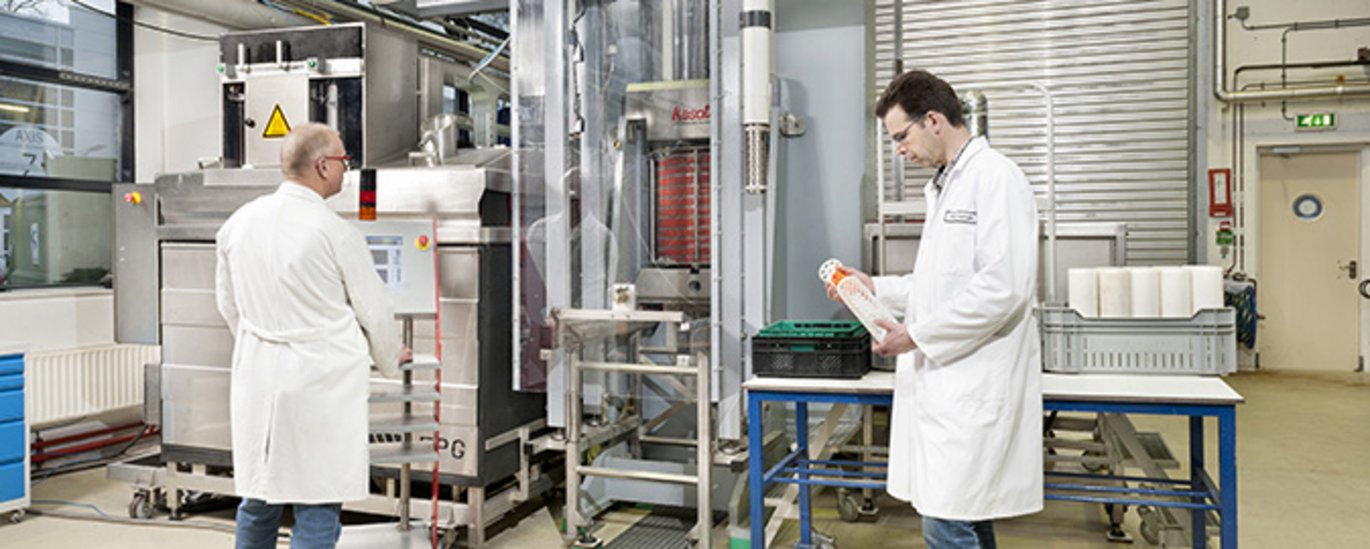What do food producers tell about food processing?
Processing conditions influence the quality of food products. How do processors describe the quality of their products? To answer this question packaging and videos were analyzed in the context of processing information.

Our research questions considered how food processing is described on the packaging and in non-packaging promotion, like advertising videos, for milk, fruit juice and tomato products, organic as well as non-organic. The results were presented at the 33rd EFFoST International Conference in Rotterdam, The Netherlands, in November 2019 and first We Value Food conference in Warsaw, Poland, in December 2019, both as poster presentations.
Method
A full inventory of milk (n=98), fruit juice (n=280) and tomato products (n=108) both in organic and non-organic quality in 8 supermarkets in Münster, Germany, was conducted. The messages about processing were analyzed with a frequency analysis.
A second inventory was conducted in Warsaw, Poland, focusing on milk packages. 52 product packages of milk were analyzed and compared with the milk packages from Germany.
Videos from milk (n=10) and fruit juice (n=10) processors, which were free available at their homepages or at YouTube and gave at least some information about the processing, was analysed as well.
Results
- Milk: The most present information on German milk packages were about non-GMO production, sensory value and animal welfare. The heat treatment is seldom described in detail, e.g. with time and temperature, but often with emotional terms like gentle or careful. In Poland, most of information concerned the natural sodium content, freshness of the product and the place of origin. The videos of the milk processors show an idyllic production environment and only little about industrial milk processing.
- Fruit Juice: Information about the non-use of genetic engineering was only present at the organic packages. More present were information about the non-adding of substances, and the term "gentle" has been used, too. The videos also showed an idyllic production environment. More than half of the videos switch from whole fruit to juice, without showing the shredding of the fruits.
- Tomato Products: The most present information at the tomato packagings was the Italian origin or the authentic Italian taste of the product, followed by the description of the tomatoes as "sun-ripened" or "fresh" (this especially on organic products). Processing is described as "gentle", "careful" or "with love". Information about the non-use of genetic engineering could not be found.
Conclusion
In this research detailed and objective information about the processing method was used seldom at the packaging or in videos from producers. More present were emotional and unclear descriptions, mixed with idyllic pictures or processing in a non-industrial setting.
Both publications can be found at www.proorgproject.com/publications.
Outlook
Another comparison of the textual information placed on organic milk will be presented as speech titled “Information on organic milk packaging in countries with different level of organic market maturity – a comparison between Germany, The Netherlands, Italy and Poland”, at the Organic World Congress 2021 in Rennes.
The team is working to publish results of the studies by publication titled "What does the on-packaging information tell about the organic quality? – examples of voluntary labeling information on organic milk from German, Dutch, Italian and Polish markets".
Authors
Lisa Borghoff, FH Münster University of Applied Sciences, lisa-borghoff@fh-muenster.de
Karolina Misztal, Department of Functional and Organic Food, Institute of Human Nutrition Sciences, Warsaw University of Life Sciences, Warsaw, karolina_misztal@sggw.edu.pl
Editor: Karin Ullven / Design: Christine Dilling
